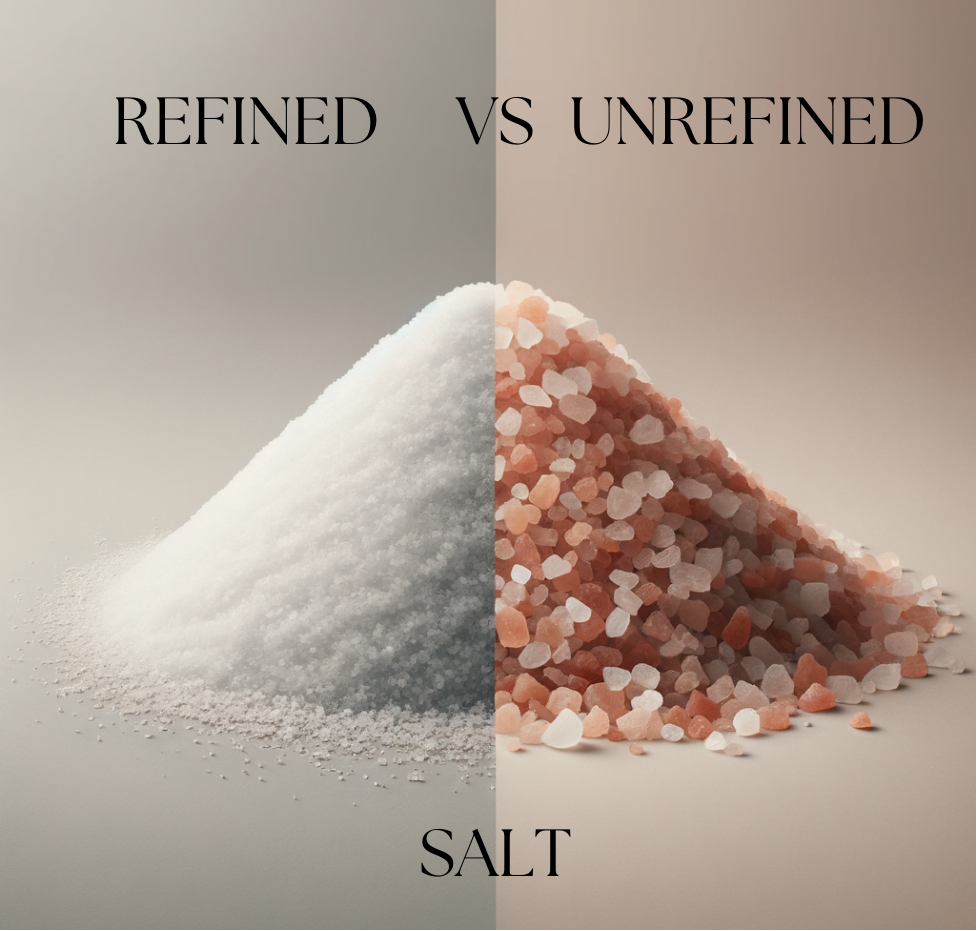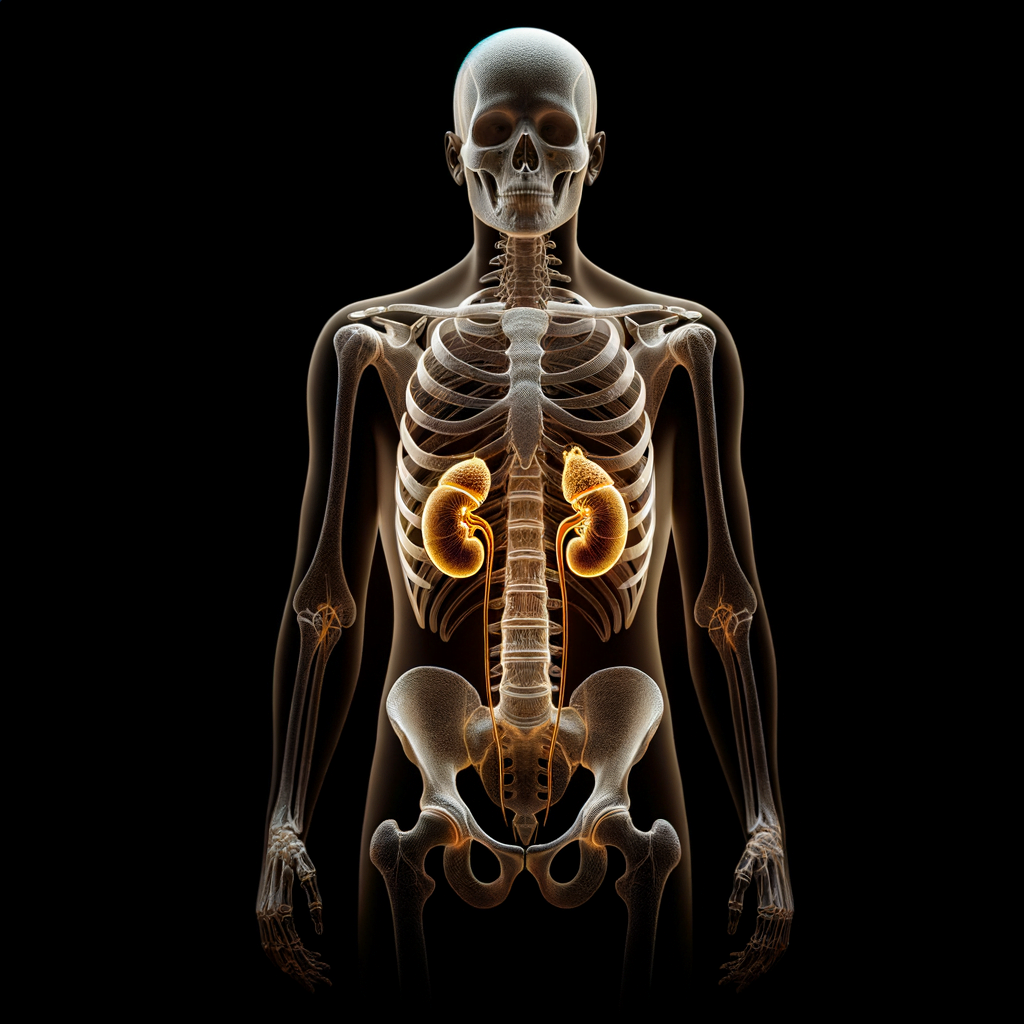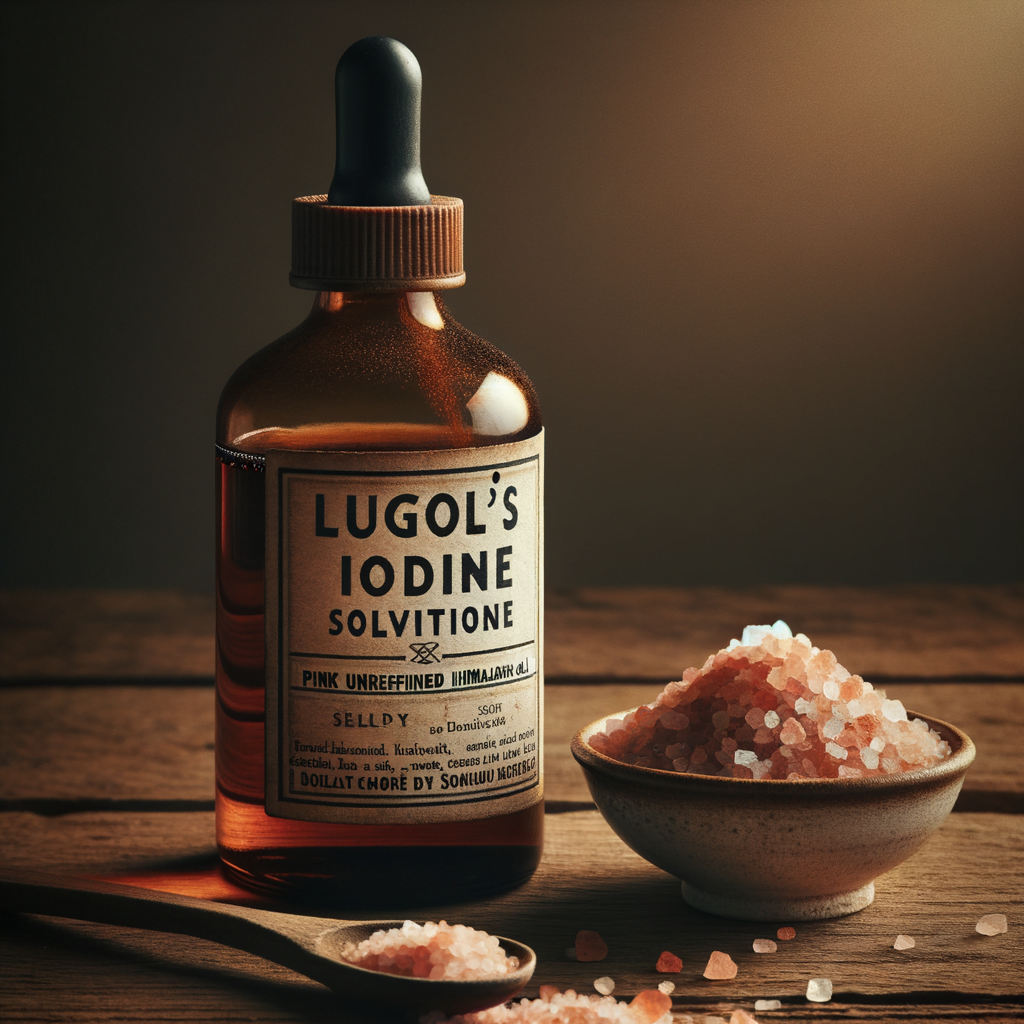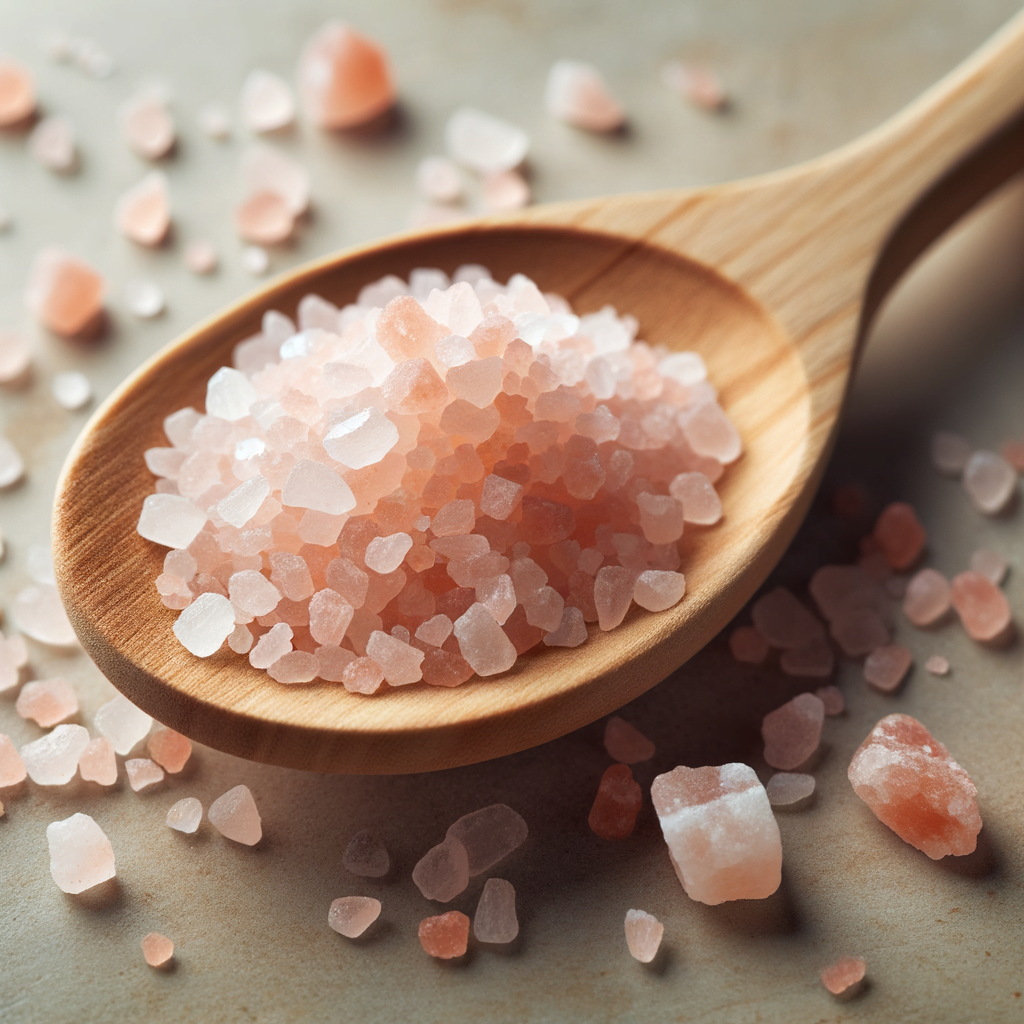Welcome to Part 4 of our iodine series with Dr. Brownstein. While previous installments explored iodine’s impact on health (Part 1, Part 2, Part 3), this interview primarily focuses on salt.
Drawing on over 20 years of clinical experience, Dr. Brownstein challenges the notion that a low-salt diet is healthiest. In fact, he argues that most people are actually deficient in this vital nutrient, as outlined in his book “Salt Your Way to Health.”
In this eye-opening discussion, Dr. Brownstein explains why salt has gotten an undeserved bad reputation, and reveals the many benefits of ensuring adequate intake from “good” sources. These insights will further contextualize the importance of proper iodine balance as part of our continuing series.
So let’s dive in and uncover the truth about salt’s role in supporting overall health.
The Origins of the Salt Myth
Dr. Brownstein on the “Salt Myth” Origins
So how did the idea that salt is bad for you become so widespread? According to Dr. Brownstein, it stems from some outdated animal studies conducted in the last century:
"Researchers were investigating how salt interacts with blood pressure, and they gave rats huge amounts of white salt that we would never even ingest in equivalent amounts. What they found was the blood pressure of these animals went up very high."Based on these extreme findings in rodents, the medical world began pushing for low salt diets to keep blood pressure down. But Dr. Brownstein says this fails to account for the body’s true need for salt.
I am quite certain Dr. Brownstein is referring here to the famous “Dahl Salt-Sensitive Salt” rat model, a widely used animal study that has influenced salt research for decades.
The History of the “Salt Wars”
After Dr Brownstein’s statement, I decided to delve a bit deeper and I bumped into the so-called “salt wars” controversy. Drawing directly from the insights shared in The American Journal of Medicine article, here is a concise summary of the key points:
- The belief that salt causes high blood pressure can be traced back to a 1905 study by Ambard and Beaujard, who found that increasing salt intake led to elevated blood pressure in human participants.
- In the 1940s-1950s, epidemiological studies again linked higher salt consumption to increased blood pressure, driving widespread recommendations to limit dietary salt.
- However, these early studies had significant methodological limitations. The direct causal relationship between population-wide salt reduction and health benefits has remained controversial.
- Early studies finding benefits with salt restriction were based on uncontrolled case reports, and controlled trials indicated low-salt diets were only effective for about 25% of those with hypertension.
Moreover, it is worth to mention that the distinction between refined and unrefined salt sources was often overlooked in this historical context. This is an important factor that will be explored further by Dr. Brownstein, as the type of salt consumed can play a key role in its health impacts. A more nuanced understanding of optimal dietary salt intake is still needed.
So, let’s start understanding what type of salts are out there and what their differences are.
Understanding Salt Types: Refined vs. Unrefined
The Difference Between Refined and Unrefined Salt
Salt is the second major constituent of the body next to water, so we need adequate amounts at all times for optimal energy production and functioning. When we’re salt deficient, we won’t function well or have enough energy. We can get our salt requirements met in one of two ways: refined salt or unrefined salt.
- Refined table salt (white salt) is bleached, stripped of naturally occurring minerals and has some potentially toxic additives. This is the “bad guy”, and this is the salt we need to get rid of.
- Unrefined salts like Celtic sea salt, Redmond Real Salt, and Himalayan pink salt contain over 80 minerals that are vital for numerous biochemical processes. Dr. Brownstein has tested them for toxins and found all of them to be clean. These are the “good guys”, and every kitchen should be equipped with these types of salt.

"Refined salt is sodium and chloride with some toxic chemicals in it, such as ferrocyanide and aluminum silicate," says Dr. Brownstein. "Unrefined salt is a better choice. It's the full complement of minerals, and it doesn't have toxic additives."The shocking part is that manufacturers deliberately remove salt’s essential minerals during refining, yet market the stripped, lifeless product as “pure” and “clean.” They appear to equate this perceived “purity” with the pristine white color, as if the absence of natural minerals makes it a superior, cleaner salt. Refined salt also dominates due to its endless shelf life, a feature manufacturers likely capitalize on, despite the refining stripping away salt’s natural nutritional value.
It’s truly mind-boggling when you think about it.
The Iodized Salt
You’ve likely heard about iodized salt, which has had synthetic iodine added to refined salt (or white salt). However, according to Dr. Brownstein, this is not an optimal way to get your iodine:
"Studies have shown only about 10% of the iodine in refined salt is absorbed. It's not a great way to put iodine in the body."Dr. Brownstein advises taking iodine as a separate supplement, rather than relying on iodized salt. Unrefined salts, while providing other benefits, contain only small amounts of natural iodine. Proper utilization of iodine by the body requires adequate sodium levels.
Signs You May Be Salt Deficient
According to Dr. Brownstein, most people are not getting enough salt, which can lead to symptoms like:
- Muscle cramps
- Dehydration
- Fatigue
- Anxiety
This leads to the question of our next section.
How Much Salt Do You Need?
For most people without kidney disease or heart failure, Dr. Brownstein recommends:
- 1-2 teaspoons of unrefined salt per day, in addition to salt in food.
- More (up to 3-4 tsp) if you sweat heavily, exercise intensely or are highly active.
- Stop when symptoms like cramps resolve – that’s your body’s signal you’ve had enough.
- You can mix the salt into water bottles, put it on food, or take it however you prefer throughout the day. The key is consistently meeting your body’s salt needs.
According to Dr. Brownstein, proper hydration is just as vital as regulating salt intake, as the two work together. He recommends drinking about half your body weight in ounces of water per day.
The doctor cautions that inadequate hydration combined with high salt can lead to being “oversalted” – an undesirable state. Humans lack the water reserves of camels, so we rely on sufficient salt and minerals to retain water in our cells.
Did you know water makes up 70% of the body and 80% of the brain, with salt as the next biggest constituent? That’s probably for a reason, isn’t it?
The Salt-Adrenal Connection
As Dr. Brownstein explains, the relationship between salt and blood pressure is more complex than the conventional wisdom suggests. Contrary to the belief that lowering salt intake is the solution for high blood pressure, he has found the opposite to often be true.
"If we lower our salt intake, compensatory hormones go up to try and help us absorb more salt. They constrict the blood vessels, so it raises blood pressure."When we reduce our salt intake, our body responds by releasing hormones like renin and aldosterone from the kidneys and adrenal glands. These hormones work to try and help the body hold onto the salt it has, leading to blood vessel constriction and elevated blood pressure.

This was another “aha” moment for me – I could have never imagined the direct relationship between salt, mineral balance, and blood pressure regulation. It’s truly mind-blowing how these intricate systems work.
Conventional medicine’s typical response to this has been to prescribe blood pressure medications that block these compensatory hormones. However, Dr. Brownstein has found a simpler, more effective solution:
"For many blood pressure patients I put them on salt and see their blood pressure come down and they are able to come off their ACE inhibitors and aldosterone drugs that they're taking."By increasing unrefined salt intake, the body no longer needs to produce those excess hormones, allowing blood pressure to naturally regulate. This suggests that adjusting salt intake can be a more sustainable, cost-effective approach to managing hypertension compared to relying solely on pharmaceuticals.
Notably, Dr. Brownstein adds that adequate salt can also help calm an overactive adrenal system and the hormonal imbalances it causes, like high cortisol.
The Thyroid Connection
My second “aha” moment came with this piece of invaluable information.
Dr. Brownstein also emphasizes the importance of addressing any underlying adrenal imbalances before attempting to treat thyroid issues. The two glandular systems work closely together to regulate metabolism and energy production.
"I don't want to treat a patient with adrenal problems using thyroid hormone, because I could make that adrenal problem worse. I want to help them fix the adrenal problem first, then address the thyroid."To support healthy adrenal function, in addition to unrefined salt, Dr. Brownstein recommends:
- Vitamin C: The adrenal glands contain the highest concentration of this vital nutrient. He suggests a therapeutic dose of 3,000-5,000 mg per day.
- Adrenal glandulars: Extracts from neonatal cows can help restore proper adrenal activity.
- Other targeted nutrients based on individual lab results and deficiencies.
By first stabilizing the adrenal system, often through the use of unrefined salt and other supportive supplements, Dr. Brownstein has found this lays the groundwork for more effective thyroid treatment. Addressing this adrenal-thyroid connection is a crucial part of his holistic approach.
Salt and Iodine: Powerful Detoxifiers and pH Balancers
One of the key benefits of salt that Dr. Brownstein highlights is its ability to support the body’s natural detoxification pathways. He explains that the detox process is “really tight to enough sodium in the body” because sodium is required to transport and utilize essential elements like iodine.
In fact, Dr. Brownstein notes that salt can help the body purge itself of harmful compounds like bromide and fluoride. He even mentions that in the past, conventional medicine would administer intravenous salt water to “salt the bromide out” of patients experiencing toxic effects.
When Dr. Brownstein prescribes iodine supplements to his patients, he also has them take a teaspoon or two of unrefined salt per day. This helps facilitate the release and elimination of bromide and fluoride that can be mobilized during iodine therapy.
Beyond detoxification, Dr. Brownstein emphasizes salt and iodine’s crucial role in maintaining proper pH balance. In acidic conditions, the body attempts to raise pH, but struggles to do so without adequate supplies of alkalizing substances like salt and minerals. This can lead to problems like bone and tooth loss.
In Dr. Brownstein’s view, salt and iodine are two of the most alkalinizing substances the body can utilize. Ensuring sufficient intake of these elements is key to supporting healthy pH levels and overall wellbeing.
Other Healing Modalities
In addition to iodine, salt and proper mineral replenishment, Dr. Brownstein utilizes other holistic therapies, including:
- Ozone therapy: This involves administering medical-grade ozone (O3) to the body, which then reverts to regular oxygen (O2).
- Salt/Epsom salt baths: A gentle way to pull toxins out of the body and soothe aches and pains. The magnesium in Epsom salts is also therapeutic.
- B12 injections: Can provide an energy boost when deficient in this vital nutrient.

I couldn’t miss the opportunity to expand on ozone …
Ozone is formed naturally in the atmosphere when lightning strikes, creating a distinctive clean, fresh smell. Clinically, ozone is generated by running oxygen through an electrical discharge.
Ozone has been used in medicine for close to a century, though its use was curtailed in the United States following the Flexner report in the 1930s. Meanwhile, other countries like Cuba have embraced ozone as a primary treatment modality, as it is effective against a wide range of bacteria, viruses, parasites and fungi, without causing resistance. And the best part? Ozone therapy is much more cost-effective compared to antibiotics and other expensive options – a real game-changer, especially in resource-constrained settings!
Ozone therapy can be administered in various ways – topically, through the ears, via injection, intravenously, rectally or vaginally. Dr. Brownstein has found ozone to be a valuable tool, citing its ability to improve oxygen delivery, stimulate stem cell production, and create an inhospitable environment for cancer cells. Cancer cells are known to thrive in low-oxygen conditions, so ozone’s ability to increase oxygenation can be an important anti-cancer mechanism.
Wrapping Up: Putting the Insights Into Action
As we reach the end of this enlightening exploration with Dr. Brownstein, I hope the information has been as transformative for you as it has been for us. These “aha moments” have profoundly impacted my understanding of the crucial role salt and iodine play in supporting everyone’s health.
The insights shared throughout this article really resonated with me on a personal level, as I could see the direct relevance to some of the women of my life, including myself. So many of the hormonal imbalances, thyroid issues, and other health challenges discussed hit close. I guess we can all think of someone that fits somehow in the picture.
Now comes the time to take these insights and put them into practice. After all, knowledge is only power when we actively apply it. So let me share a few of the concrete steps we’ve taken to integrate these lessons:
- Mineral Testing: Prior to learning about Dr. Brownstein’s work, we had already undergone a comprehensive hair mineral analysis to get a clear picture of our current mineral status. This provides a valuable baseline to work from.
- Iodine Evaluation: We’re committed to doing the 24-hour iodine urine loading test to better assess our iodine levels and needs.
- Dietary Changes: Seaweed, a rich source of bioavailable iodine, has become a regular part of our diet. I’ve also incorporated mineral-dense shilajit into my daily routine, adding it to my morning matcha tea.
- Salt Optimization: Unrefined Himalayan salt is now the only salt used in our household. We combine it with Lugol’s iodine solution for an extra iodine boost. Epsom salt baths have also become a staple for Maciek.
- Convenient Soak: As I work remotely, I enjoy putting my feet in Epsom salt water while working, which has been incredibly convenient. It has been also very helpful when experiencing some cramps during the menstrual cycle.

Remember, your health is your most valuable asset. By taking these proactive measures, you’re investing in your long-term vitality and setting yourself up for success. We’re excited to see the transformations that unfold as you put these insights into practice.
As you consider supplements or holistic approaches, remember to consult your healthcare provider first. Keep an open yet discerning mindset, building your knowledge wisely.
Let’s continue this conversation – we’d love to hear about your own “aha moments” and how you plan to optimize your salt, iodine, and mineral intake. Together, we can support each other on this journey to better health.
Resources
- Official Dr Brownstein website: Dr Brownstein website
- Dr Brownstein “Salt Your Way to Health” book: Salt Your Way to Health
- Ambard and Beaujard scientific study: Causes de l’Hypertension arterielle
- Scientific review on the history of salt and its relationship with high blood pressure: The diet and hypertension; a review
- Scientific study on Dahl salt-sensitive rats found natural sea salt consumption protects against hypertension and kidney damage compared to refined salt: Natural sea salt consumption confers protection against hypertension and kidney damage in Dahl salt-sensitive rats

